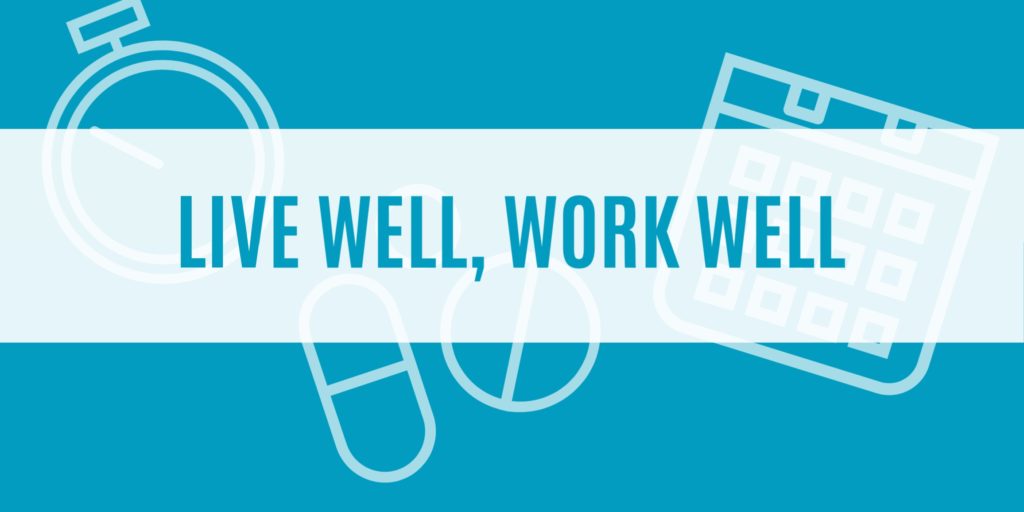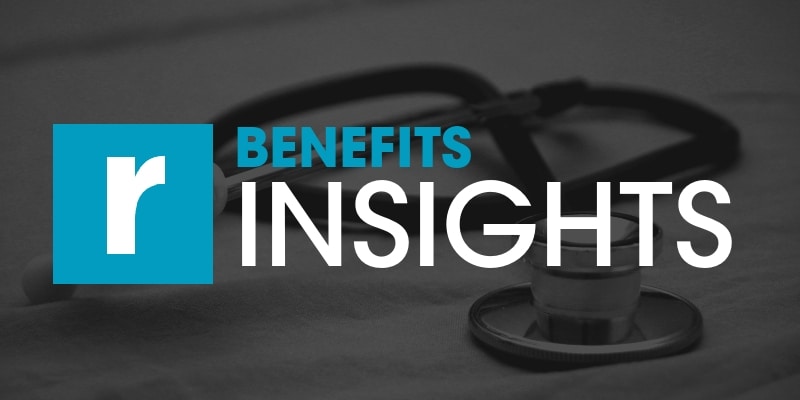 Each year, the seasonal flu has a marked impact on businesses and employers, causing increased absenteeism, decreased productivity and higher health care costs. The past few flu seasons have seen high hospitalization and mortality rates, which has public health experts fearing another deadly flu season.
Each year, the seasonal flu has a marked impact on businesses and employers, causing increased absenteeism, decreased productivity and higher health care costs. The past few flu seasons have seen high hospitalization and mortality rates, which has public health experts fearing another deadly flu season. The arrival of the fall and winter months signals many things, including the beginning of flu season. According to the Centers for Disease Control and Prevention (CDC), flu activity peaks between December and February. This means that the COVID-19 pandemic isn’t the only public health concern as we approach the winter months.
The arrival of the fall and winter months signals many things, including the beginning of flu season. According to the Centers for Disease Control and Prevention (CDC), flu activity peaks between December and February. This means that the COVID-19 pandemic isn’t the only public health concern as we approach the winter months. Open enrollment has always been a busy time for HR departments. Now, amid COVID-19, there are even greater challenges for employers to manage—one of the most significant being employee benefits communication.
Open enrollment has always been a busy time for HR departments. Now, amid COVID-19, there are even greater challenges for employers to manage—one of the most significant being employee benefits communication. According to the Bone and Joint Initiative USA, nearly 1 in 2 Americans over the age of 18—or 124 million people—have a musculoskeletal disorder. And, according to OSHA, work-related musculoskeletal disorders are among the most common disability claims.
According to the Bone and Joint Initiative USA, nearly 1 in 2 Americans over the age of 18—or 124 million people—have a musculoskeletal disorder. And, according to OSHA, work-related musculoskeletal disorders are among the most common disability claims. Employers are responsible for educating their employees about the health coverage options they offer. Now, amid massive uncertainty caused by events such as the COVID-19 pandemic, the upcoming presidential election and the impending court case over the constitutionality of the Affordable Care Act (ACA), employees may be more stressed than ever about the status of their employee benefits.
Employers are responsible for educating their employees about the health coverage options they offer. Now, amid massive uncertainty caused by events such as the COVID-19 pandemic, the upcoming presidential election and the impending court case over the constitutionality of the Affordable Care Act (ACA), employees may be more stressed than ever about the status of their employee benefits.